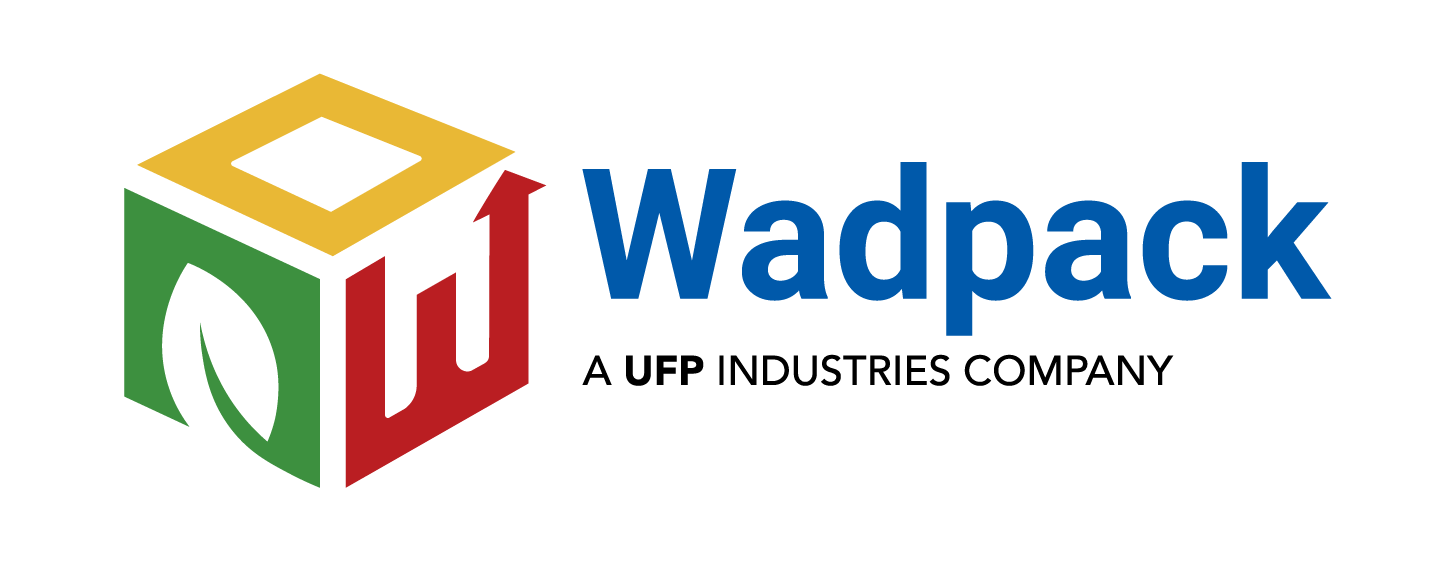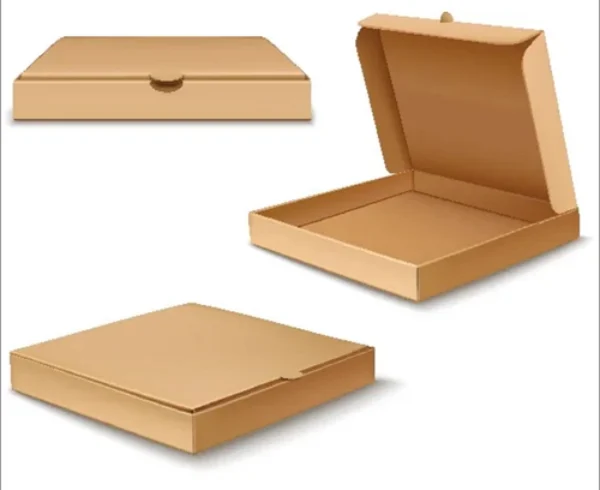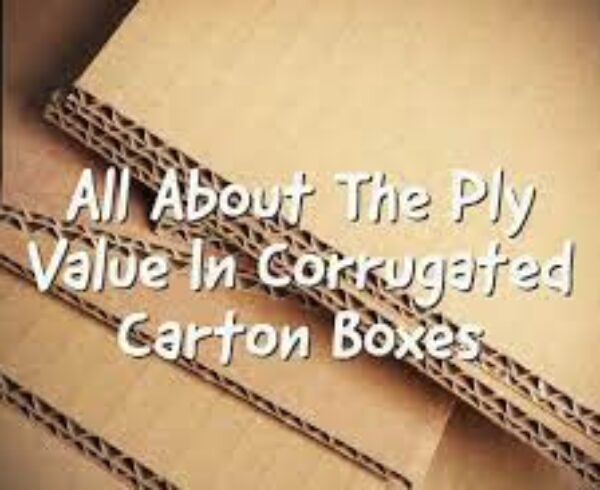How Good Custom Packaging Can Push Down Shipping Costs?

Custom packaging plays a crucial role in reducing shipping costs for businesses. While it may seem counterintuitive to invest in customized packaging when the goal is to cut expenses, strategic packaging design can actually optimize shipping processes, minimize wasted space, and protect products more efficiently. In this article, we will explore how good custom packaging can push down shipping costs, highlighting key factors and benefits that contribute to cost savings.
Right-sizing and Dimensional Weight:
Custom packaging allows businesses to design boxes and containers that perfectly fit their products, eliminating unnecessary empty spaces. This concept is known as right-sizing, and it plays a significant role in reducing shipping costs. When products are packaged in boxes that are too large, businesses end up paying for shipping the excess air and unused space. By utilizing custom packaging to match the dimensions of the products, businesses can reduce dimensional weight charges and optimize shipping costs. Dimensional weight is a pricing technique used by carriers that considers the package’s size, rather than just its weight, when calculating shipping charges. By minimizing empty space, businesses can avoid unnecessary dimensional weight charges and reduce overall shipping expenses.
Material Selection:
Custom packaging allows businesses to choose materials that are not only suitable for product protection but also lightweight. Lightweight packaging materials, such as corrugated cardboard or padded envelopes, can significantly reduce shipping costs. Lighter packages require less fuel consumption during transportation, leading to lower shipping fees. Additionally, lighter packaging materials contribute to increased load capacity, enabling more products to be shipped in a single shipment, which further reduces shipping costs per unit.
Product Protection and Damage Reduction:
Investing in good custom packaging ensures that products are adequately protected during transit, minimizing the risk of damage or breakage. When products arrive at their destination in pristine condition, businesses can avoid costly returns, replacements, or refunds. Custom packaging allows for the inclusion of protective elements such as foam inserts, bubble wrap, or dividers tailored to the specific dimensions and fragility of the products. By reducing the occurrence of damaged items, businesses can save on shipping costs associated with return shipments and replacements.
Stackability and Unitization:
Efficient custom packaging design takes into account the stackability and unitization of products. Stackable packaging allows for easy and stable stacking of boxes or containers, optimizing the use of space in shipping vehicles. This feature is particularly beneficial for businesses that ship large quantities of products at once. Unitization involves bundling multiple products together in a single package, which not only saves space but also reduces the number of individual packages to be shipped. By maximizing space utilization and reducing the number of shipments required, businesses can significantly lower their shipping costs.
Bulk Ordering and Cost Negotiations:
Custom packaging offers the advantage of bulk ordering, which can lead to cost savings. When businesses order packaging materials in large quantities, they often benefit from economies of scale, resulting in lower unit costs. Additionally, custom packaging allows businesses to establish long-term relationships with packaging suppliers, enabling them to negotiate better pricing based on volume and regular orders. By reducing the per-unit cost of packaging materials, businesses can indirectly reduce their shipping costs as well.
Branding and Marketing Opportunities:
Custom packaging provides a unique opportunity to incorporate branding and marketing elements directly on the packaging. When packages are branded with logos, slogans, or eye-catching designs, they become promotional materials in themselves. This can contribute to increased brand recognition, customer loyalty, and even generate new business. As a result, businesses can leverage the marketing potential of custom packaging to offset shipping costs. By turning packages into marketing tools, businesses can indirectly gain value from their shipping expenses.
Automation and Efficiency:
Custom packaging can be designed with automation in mind, streamlining the packaging process and reducing labor costs. Customized boxes that are easy to assemble, seal, and label can significantly improve packaging efficiency. Automated packaging systems, such as box-folding machines or automated tape dispensers, can further enhance productivity and reduce the time and resources required for packaging. By optimizing packaging processes, businesses can save on labor costs and increase overall operational efficiency.
In conclusion, good custom packaging has the potential to push down shipping costs for businesses. Through right-sizing, selecting lightweight materials, and optimizing product protection, businesses can reduce dimensional weight charges, decrease fuel consumption, and avoid costly returns or replacements.
Custom packaging also allows for stackability and unitization, maximizing space utilization and reducing the number of shipments required. Bulk ordering and cost negotiations can lead to lower unit costs, while branding and marketing opportunities enable businesses to gain additional value from their packaging investments.
Lastly, automation and efficiency in the packaging process can reduce labor costs and improve operational efficiency. By carefully designing custom packaging with these factors in mind, businesses can achieve significant cost savings in their shipping operations.




Leave a Comment